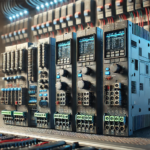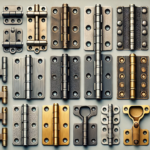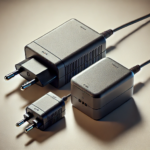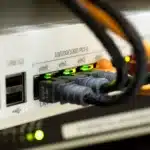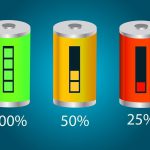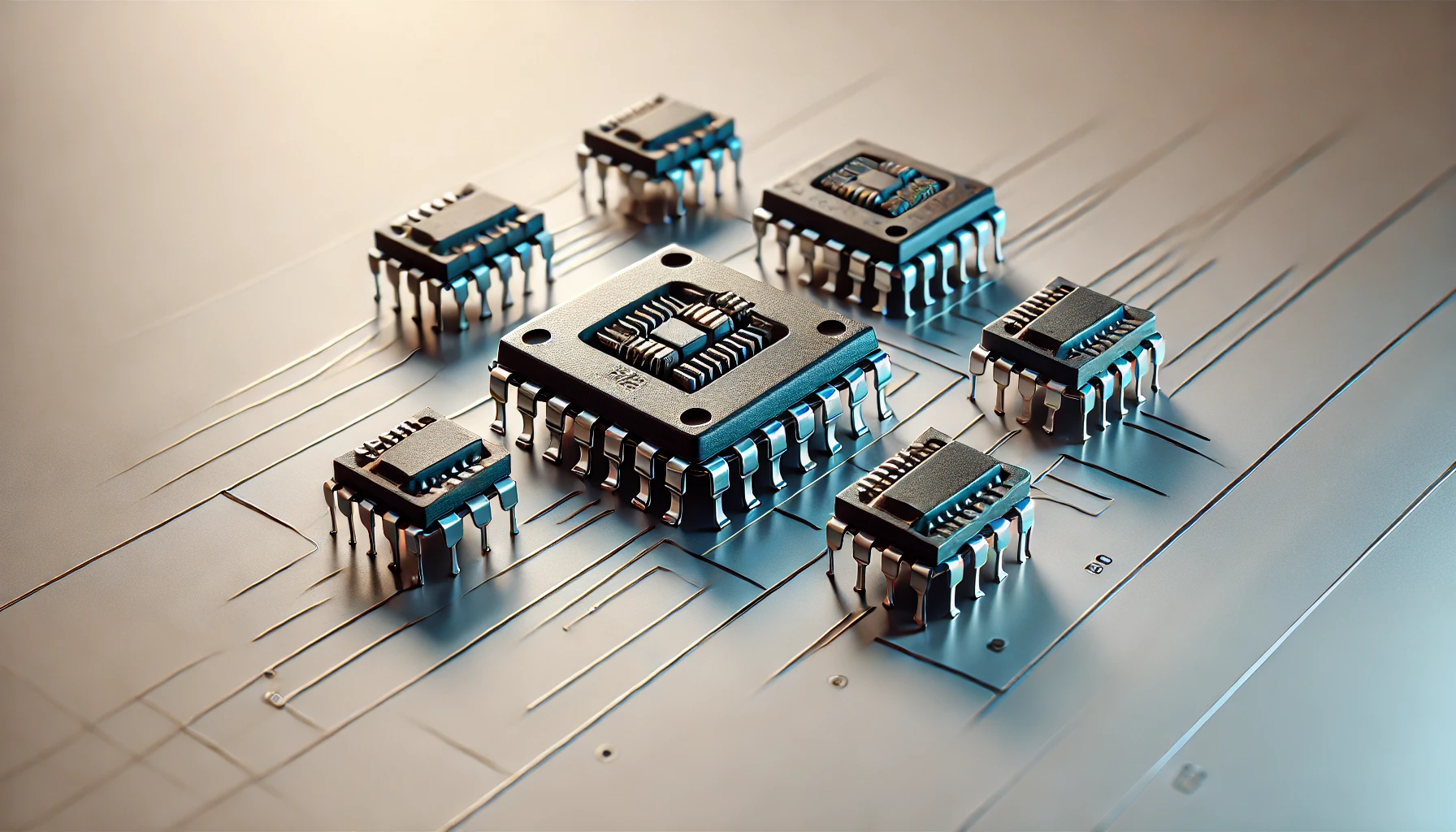
Introduction
In modern digital electronics, the efficient management and routing of signals are crucial for the optimal performance of circuits and systems. Two fundamental components in this process are Multiplexer (MUX) and Demultiplexer (DEMUX) Integrated Circuits (ICs). These ICs play a vital role in directing multiple signals within a circuit. Whether in communication systems, data routing, or signal processing, MUX and DEMUX ICs ensure that data reaches its intended destination accurately and efficiently.
This article provides a detailed overview of bespoke ICs, exploring their key functions, differences, types, and significance in modern electronics.
What are Multiplexer ICs? A Brief Overview of Their Types
A multiplexer IC is a semiconductor device that selects one input from multiple inputs and forwards it to the output. It functions like a digital switch, directing the flow of data from multiple sources to a single destination based on control signals. Multiplexer switch ICs are categorised by the number of inputs they can handle, such as 2-to-1, 4-to-1, 8-to-1, and 16-to-1 multiplexers. Common examples include the 74HC151 (8-to-1 multiplexer) and the 74HC157 (quad 2-to-1 multiplexer). In addition, multiplexers come as either a digital or analogue multiplexer widely used in various applications, including data transmission, signal routing, and digital-to-analogue converters (DACs).
What are Demultiplexer ICs? An Insight Into Their Standard Types
Demultiplexer ICs, also called distributors, are electronic components that take a single input and channel it to one of several outputs based on control signals. These semiconductor devices ensure that the input signal reaches the correct output path. Demultiplexer switch ICs are available in various configurations, such as 1-to-2, 1-to-4, 1-to-8, and 1-to-16. Common examples include the 74HC138 (3-to-8 decoder/demultiplexer) and the 74HC154 (4-to-16 line demultiplexer).
Multiplexers vs. Demultiplexers: The Key Difference
While both multiplexers and demultiplexers are involved in signal routing, they serve opposite functions. A multiplexer combines multiple inputs into a single output, while a demultiplexer splits a single input and distributes it to multiple outputs–reverse to multiplexers. These differences are reflected in their circuit designs, use cases, and the nature of their applications within digital systems.
Understanding Key Functions of Multiplexer ICs
Multiplexer ICs are integral components in digital circuits that streamline data management and signal routing by effectively reducing the number of data paths required in complex circuits. By allowing multiple signals to share a single device or connection, MUX ICs optimise the use of resources, minimise wiring complexity, and improve overall system efficiency. This functionality is crucial in various applications, including data transmission, signal processing, and control systems.
Unleashing the Fundamental Functions of Demultiplexer ICs
Demultiplexer ICs are pivotal components in digital electronics. They reverse the operation of a multiplexer by distributing data from a single source to multiple destinations. DEMUX ICs function to enable efficient data management and signal routing in various applications by expanding the data transmission capability and optimising resource utilisation.
The Importance of Multiplexer and Demultiplexer ICs in Modern Electronics
Multiplexer and Demultiplexer ICs are indispensable in the efficient handling of data in telecommunication networks, data acquisition systems, and digital computing. Their ability to manage multiple data streams using fewer components not only conserves space but also enhances the overall functionality, reliability, and performance of electronic systems. Additionally, by reducing the number of required wires and simplifying circuit design, multiplexers and demultiplexers contribute to the development of smaller, more cost-effective, and reliable electronic devices.
Synergy of Multiplexer and Demultiplexer ICS
Multiplexers and demultiplexers, when used together, create a powerful synergy for efficient data transmission. Multiplexers’ functionality is particularly useful in scenarios where multiple devices need to share a limited communication medium. Conversely, demultiplexers split the combined data stream back into its original components at the receiving end, allowing each device to access its intended data. This combination of multiplexing and demultiplexing enables efficient and reliable data transfer over a shared communication channel, optimising resource utilisation and minimising costs.
Bottom Lines
The strategic implementation of multiplexer and demultiplexer ICs is a testament to their versatility and efficiency in managing data flows within various electronic systems. However, these ICs streamline the design and functionality of electronic circuits and pave the way for innovations in digital communication and data processing technologies. As the demand for sophisticated electronic systems grows, the role of MUX and DEMUX ICs will continue to expand, making them a cornerstone in the future of electronics design.






